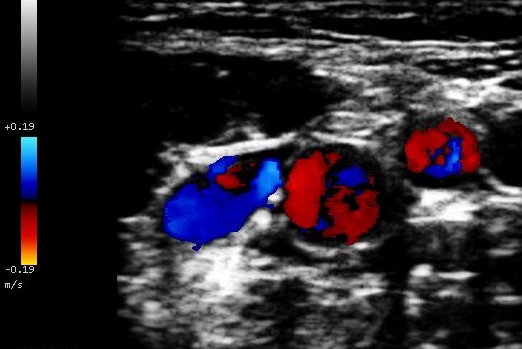The Hubbard Registry–History and Moving Forward

The Hubbard Registry–History and Moving Forward
August 14, 2015 Comments Off on The Hubbard Registry–History and Moving ForwardThis week, the FDA formally approved the Hubbard Registry to treat and follow MS patients with abnormalities of their internal jugular and azygos veins. It has taken a year and a half of back and forth dialogue between the Hubbard Foundation and the FDA to reach this study approval.
Prior to May 2012, the Hubbard Registry was nationally collecting data from participating physicians, using an Internal Review Board (IRB) approval. Interventional radiologists and vascular diagnosticians were allowed to diagnose and treat venous abnormalities under the umbrella of this program. They compiled data on their procedures, which was collected by the Hubbard Foundation.
In May 2012, the FDA stopped all CCSVI research and treatment. They stated that treating physicians needed their approval for an “investigational device exemption” (IDE). Medical devices, such as catheters, balloons and stents, fall under the regulation of the FDA. Because the devices used in venoplasties were originally created for use in arteries, not veins, this off-label usage created further complications and necessitated the IDE approval process. Adverse effects in patients, such as death, stroke and thrombosis, also caused the FDA to halt treatment.
